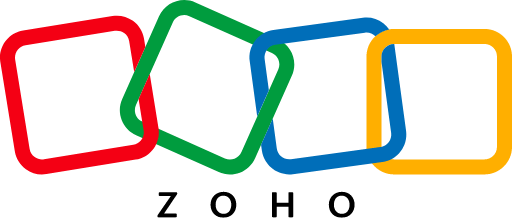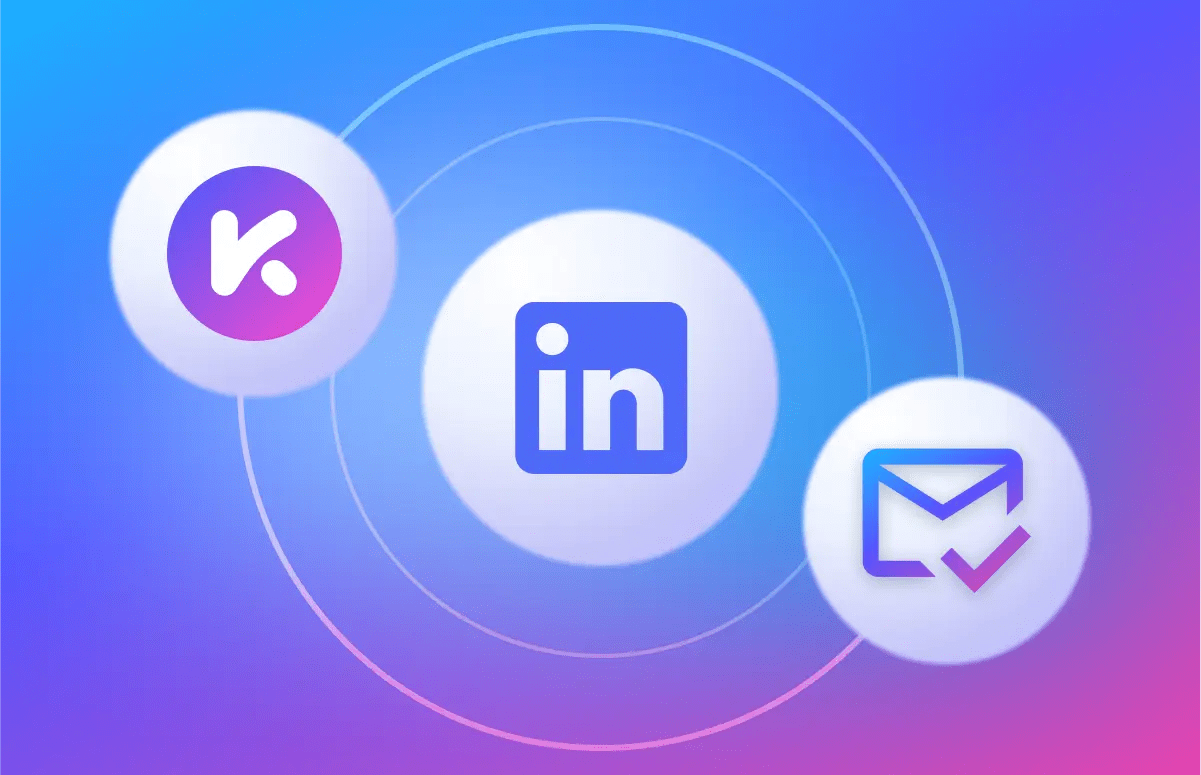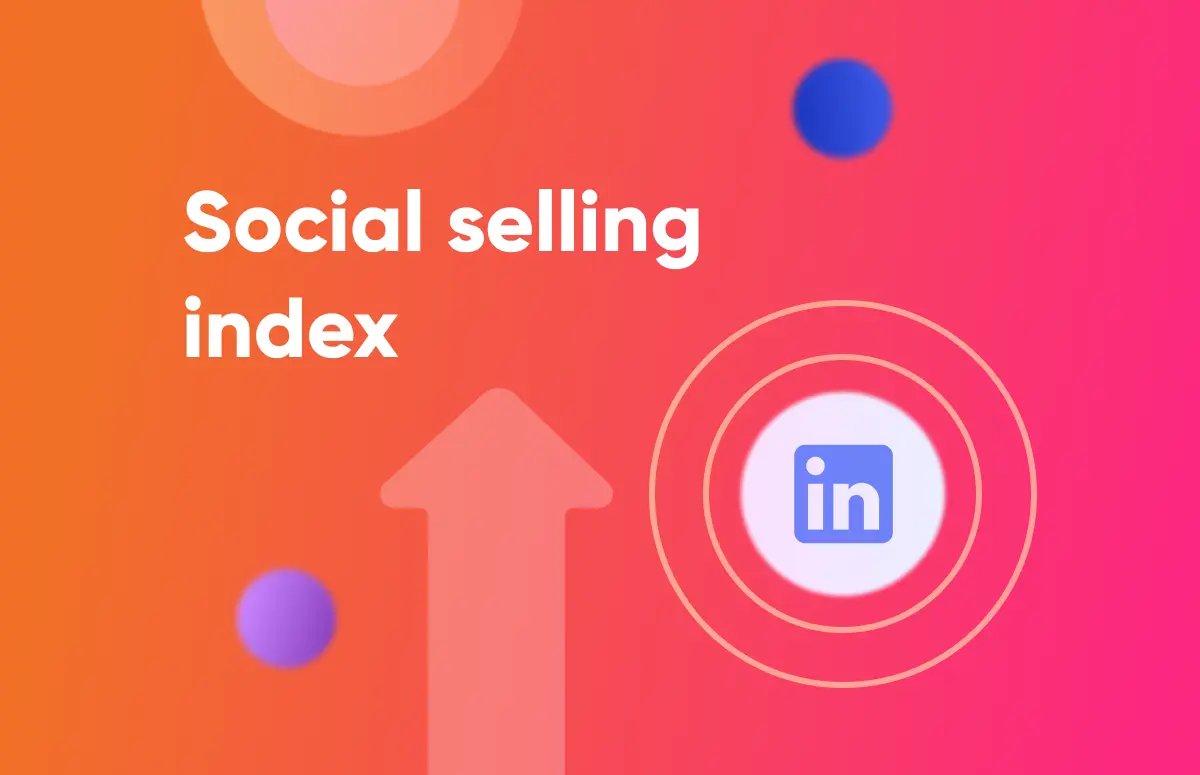![How to Get Phone Numbers From LinkedIn [Step-By-Step]-festured-image](https://6052405.fs1.hubspotusercontent-na1.net/hubfs/6052405/EN_resource-card-how-to-get-phone-numbers-from-linkedin.png)
What's on this page:
Finding effective strategies for lead scoring can be a challenge. But it’s one of the most powerful ways to convert interest in your product or service into sales, so it’s worth doing.
This article explores how lead scoring works. Regardless of your field of work, if you want to close sales, you need to consider this highly valuable technique. We’ll also suggest nine strategies you can adopt to implement lead scoring effectively in your business.
Understanding lead scoring
It’s fair to say that the sales funnel can be long and complex. 🔬
From igniting the spark of initial brand awareness to encouraging final conversion, sales and marketing teams expend a lot of effort to guide potential buyers over the line.
A proactive approach to sales begins with lead generation, of course – but it doesn’t end there. Once you’ve generated those leads, you have to nurture them. You also need to find a way of prioritizing them. That’s because resources are limited, and focusing on the leads most likely to convert makes sense.
But how do you know which ones those are?
Enter lead scoring.
What is lead scoring?
Lead scoring is a process whereby you assign points to a prospect’s actions or behaviors. The idea is that every time someone engages with your brand, it boosts their score.
How is lead scoring measured?
You decide which types of engagement to count, but typically, these could include:
- Opening an email.
- Downloading a whitepaper.
- Requesting a consultation.
- Interacting on social media.
- Booking to attend an event.
/Lead%20scoring/EN_lead-scoring-model-infographic.webp?width=700&height=351&name=EN_lead-scoring-model-infographic.webp)
Not all of these actions would be weighted equally. It takes much less effort for a potential client to open an email you send them than to attend an event you host. That should be reflected in the number of points each is worth. For example, you might assign one point to the email and five points to the event attendance.
Once a prospective client’s score reaches a pre-defined threshold, it suggests they’ve reached a critical moment in the buyer journey. This triggers a notification to your sales team that it’s time to follow up with them directly to try and close the sale.
9 strategies for lead scoring to boost sales performance
Theoretically, this may sound very good, but how do you implement it? Here are nine strategies to ensure your lead scoring is accurate and helps boost your sales performance.
1. Define your ideal customer profile (ICP)
First, you need to know your customers. Build detailed ICPs that incorporate the characteristics of the customers you most want to target.
Bear in mind that there’s no one-size-fits-all ICP. The ICP you create will depend on your operating sector, so remember to collect as much industry-specific information as possible. To do this, it’s vital to deploy dedicated tools.
Suppose you run a manufacturing business, an industry likely to have long sales cycles. This means that, when creating your ICP, you’ll likely want to focus on long-term factors such as annual contract value and lifetime value.
The easiest way to do this is to extract data from your ERP manufacturing software, to analyze your entire sales cycle and determine who your best customers are. Then, you can work to identify any recurring similarities, e.g. industry or geography, and use the predictive analytics to create forecasts so you can continue to update your ICP and adjust your lead scoring.
On the other hand, if you work in the world of finance, compliance rules may loom large in everything you do. But you can still use compliance-focused tools such as financial CRM software to generate data-related insights to support lead scoring.
/Lead%20scoring/EN_customer-profile-infographic.webp?width=600&height=596&name=EN_customer-profile-infographic.webp)
2. Assign scores based on engagement levels
We’ve touched on this briefly, but it’s worth further exploring. Determining how many points each action is worth has a big impact on the accuracy of your scoring model, so it’s worth taking the time to plan it well.
The best way to approach this is to study recent conversions. List the actions you’d like to include in the model and compare how strongly each one correlated with first-time purchases. This will give you an idea of how many points to assign each.
Note that points don’t just have to be positive; they can be negative, too. For instance, if a prospect opened several emails in a row and didn’t open any more, that’s a sign of disengagement. This should prompt your lead scoring system to subtract points from that particular lead.
👉 What’s an SQL? Find out here!
3. Leverage demographic and firmographic data
Focus both on individuals and the organizations they work for. You’ll pick up a lot of contextual information to help make your scoring model even more accurate.
Suppose you work in the SaaS space. That’s a B2B-focused business sector that typically has long sales cycles, partly because purchasing decisions are made jointly by several people within the corporate hierarchy. You need a rounded understanding of your prospects and a nuanced lead-scoring model.
To fine-tune your insights, you can use accounting software for SaaS companies that integrates your key business data with your CRM data. Then, adjust your model according to company data such as headcount or corporate structure.
/Lead%20scoring/EN_firmographics-vs-demographics-infographic.webp?width=400&height=583&name=EN_firmographics-vs-demographics-infographic.webp)
4. Use predictive analytics
Predictive analytics has become a core aspect of modern lead scoring, so much so that many of today’s marketing automation platforms come with a built-in option.
The basic concept is simple: instead of relying on going through each of your leads manually to create a scoring system, specialist software uses predictive analytics to do it automatically.
This is possible thanks to advances in machine learning technology. These tools bring the power of AI to bear on large CRM datasets to spot patterns that would be difficult for a human alone to discern. Then, they generate scores accordingly.
5. Collaborate with sales and marketing teams
Your sales and marketing teams have extensive experience dealing with potential customers, whether through outbound sales calls or analyzing feedback surveys. So, tapping into their joint knowledge is a no-brainer.
To achieve this, you should foster smooth collaboration and intelligence sharing. Your sales and marketing experts should be an ongoing source of information to help you improve your lead-scoring model.
6. Continuously review and adjust scoring criteria
Indeed, improving that model is so important that it deserves an entry on this list. Market conditions are continuously evolving, and so are potential clients’ expectations.
Even if your lead scoring worked well yesterday, it might not be as effective today or tomorrow. Put a review process in place to check your lead scoring accuracy.
Monitor metrics including:
- Total conversion rate.
- Average sales cycle length.
- Average revenue per buyer.
- Percentage of sales made to returning customers.
Keeping a close eye on conversion-related KPIs allows you to spot any potential issues quickly and adjust your scoring system in good time.
/Lead%20scoring/EN_demographic-lead-scoring-gtm-now.webp?width=600&height=446&name=EN_demographic-lead-scoring-gtm-now.webp)
(Source: GTMnow)
7. Incorporate behavioral data
While demographic data is mainly static, behavioral data is dynamic. That’s to say, demographic data can be useful as a starting point. For instance, there may be specific minimum requirements you need a potential lead to satisfy: that they’re a business owner or C-suite, say, or live in a specified location.
However, behavioral data really matters when judging the level of intent to purchase. Tracking content downloads, email engagement, or visits to your website’s pricing page gives you real-time insights into how interested a lead is in committing to a purchase.
8. Segment leads for targeted follow-up
Several factors determine how best to approach leads for follow-up, so it’s vital to segment them appropriately.
For instance, if you’re in healthcare, you might segment according to client type. It would make sense to deliver more personalized messaging to a self-funding individual than to a corporate client interested in block-booking wellness checks for its employees.
You can even integrate your segmentation strategy into your lead-scoring process. This ensures that your sales reps have all the information they need when they follow up.
💡 You might also like to read about value-based selling.
9. Regularly train your team on lead-scoring practices
Finally, don’t underestimate the importance of training. Allocate sufficient resources to support all your sales and marketing agents in developing a good understanding of the system.
This includes running training sessions on working with any dedicated lead-scoring software you decide to use. The more people understand how to use tools like predictive analytics, the better. Remember that the lead-scoring model underpins sales success, so everyone must have a stake in optimizing it.
Key takeaways about lead scoring
Regardless of your organization’s business area, finding ways to convert potential customers into actual purchasers is crucial. Developing an accurate lead-scoring system is one of the best ways to boost sales and gain an advantage over the competition.
But it’s vital to approach it systematically. Take the time to develop a customized approach that truly reflects how your leads convert in the sales funnel. Know your customers, make the most of technology, focus on training, and encourage smooth collaboration between your sales and marketing teams.
You won’t go far wrong if you commit to all these steps and regularly monitor your progress. In short, accurate lead scoring is one of the most powerful strategies for supercharging sales.
Accurate European contact data
Get accurate data for your prospects and connect with your favorite sales tool









